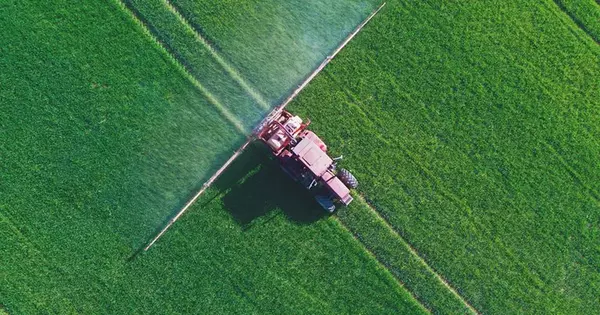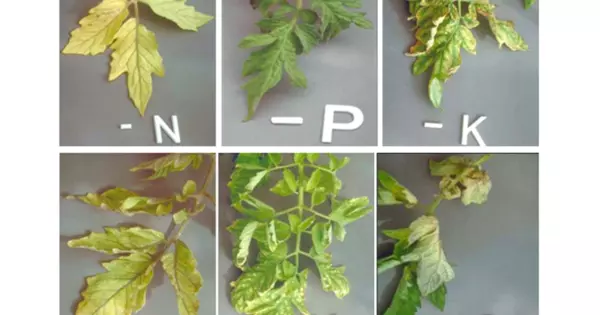Agrophysics is a branch of research that straddles agronomy and physics, with the agroecosystem – the biological objects, biotope, and biocoenosis influenced by human activity – examined and characterized using physical scientific methods. It entails using physics ideas and techniques to better understand various elements of agriculture and crop production.
Agrophysics’ major purpose is to improve agricultural methods, increase crop yields, and maximize resource utilization in farming. Agrophysics is the study of materials and processes that occur in the production and processing of agricultural crops, with a particular emphasis on the condition of the environment and the quality of farming materials and food production, using the achievements of the exact sciences to solve major problems in agriculture.
Some of the key areas of study in agrophysics include:
- Soil Physics: Agrophysicists investigate soil qualities such as texture, structure, moisture content, porosity, and compaction since soil is so important in agriculture. Understanding these physical qualities contributes to improved soil management and irrigation strategies.
- Plant Physiology: Agrophysicists investigate how physical factors like light, temperature, and water affect plant growth and development. They also study the movement of water and nutrients within plants.
- Environmental Monitoring: Agrophysicists study how environmental elements such as light, temperature, and water affect plant growth and development. They also investigate how water and nutrients travel within plants.
- Irrigation Management: Agrophysics is used in agricultural systems to monitor and analyse environmental factors such as temperature, humidity, and air quality. This data assists farmers in making informed crop management decisions.
- Post-Harvest Handling: The physical properties of agricultural products, such as fruits, vegetables, and grains, are studied to develop better post-harvest handling and storage techniques to reduce spoilage and maintain product quality.
- Crop Modeling: Agrophysicists develop mathematical models and simulations to predict crop growth, yield, and the impact of various environmental factors.
- Precision Agriculture: It is a key component of precision agriculture, where technology and data are used to optimize farming practices on a site-specific basis, leading to more sustainable and efficient crop production.
Agrophysics is similar to biophysics, but it focuses on the physics of plants, animals, soil, and the atmosphere as they relate to agricultural activities and biodiversity. It differs from biophysics in that it requires consideration of the special aspects of biotope and biocoenosis, which requires knowledge of nutritional science and agroecology, agricultural technology, biotechnology, genetics, and so on.
Agriculture’s needs, relating to the previous experience study of the local complicated soil and subsequent plant-atmosphere systems, were at the root of the birth of a new branch – agrophysics – dealing with this with experimental physics. Starting with soil science (physics) and initially limited to the study of relationships within the soil environment, the scope of the branch has expanded over time to include influencing the properties of agricultural crops and produce as foods and raw postharvest materials, as well as quality, safety, and labeling concerns, which are considered distinct from the field of nutrition for application in food science.
















